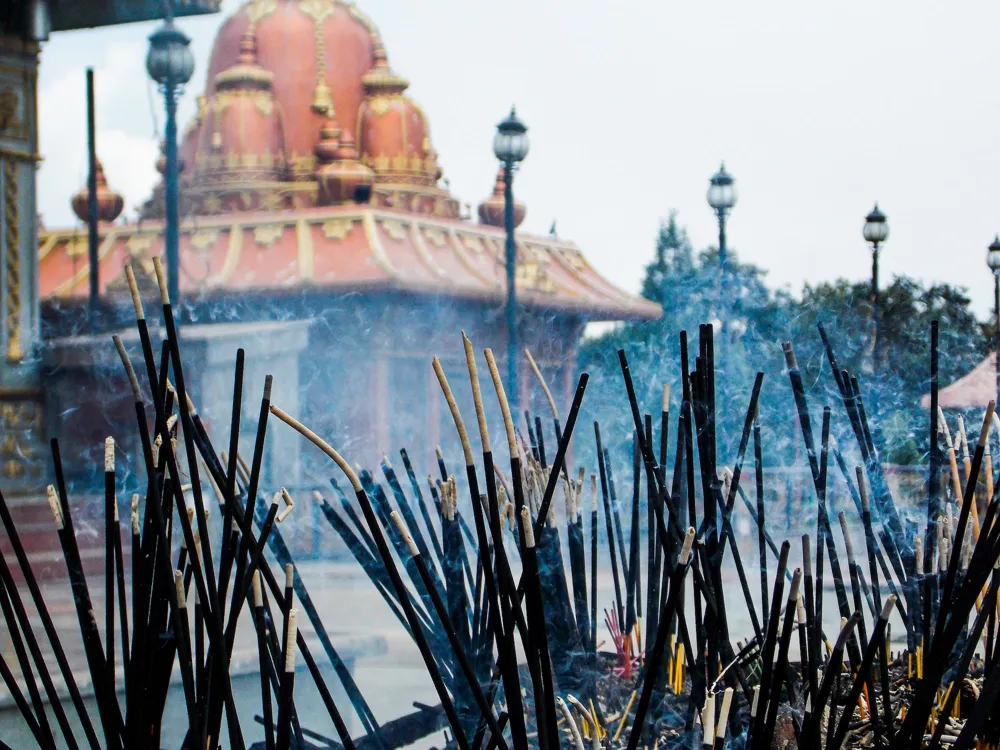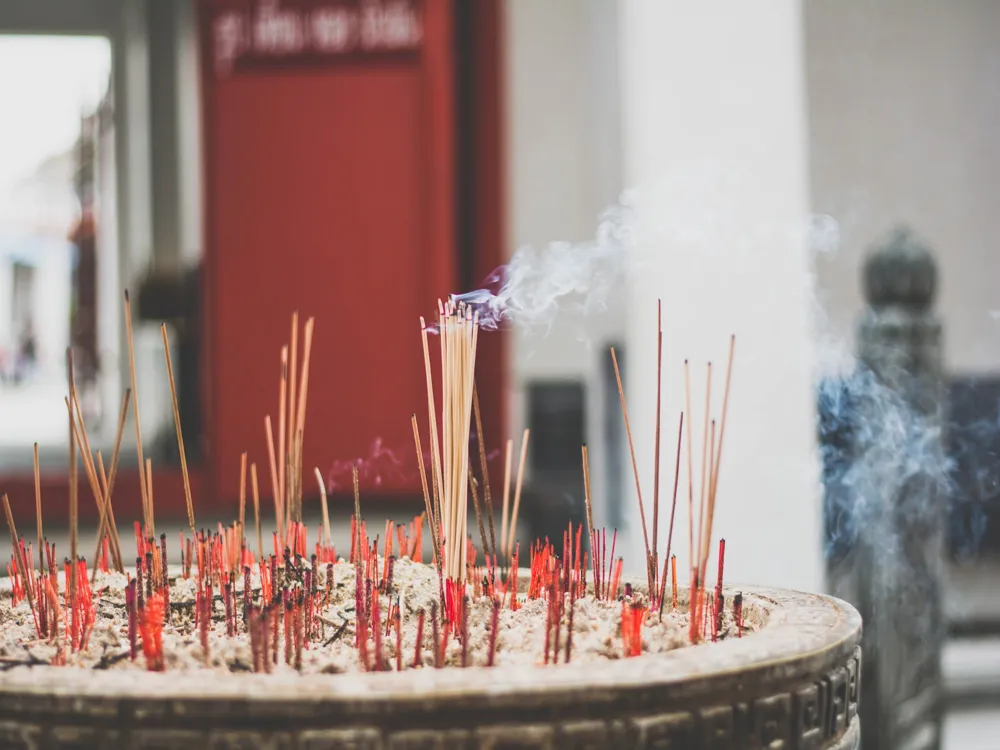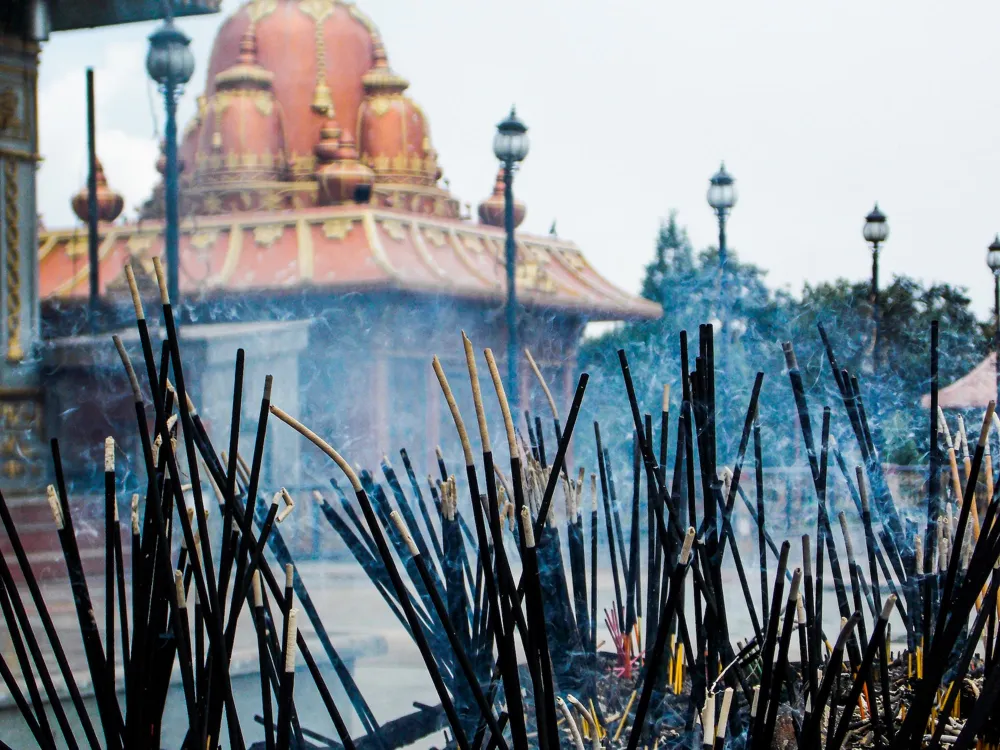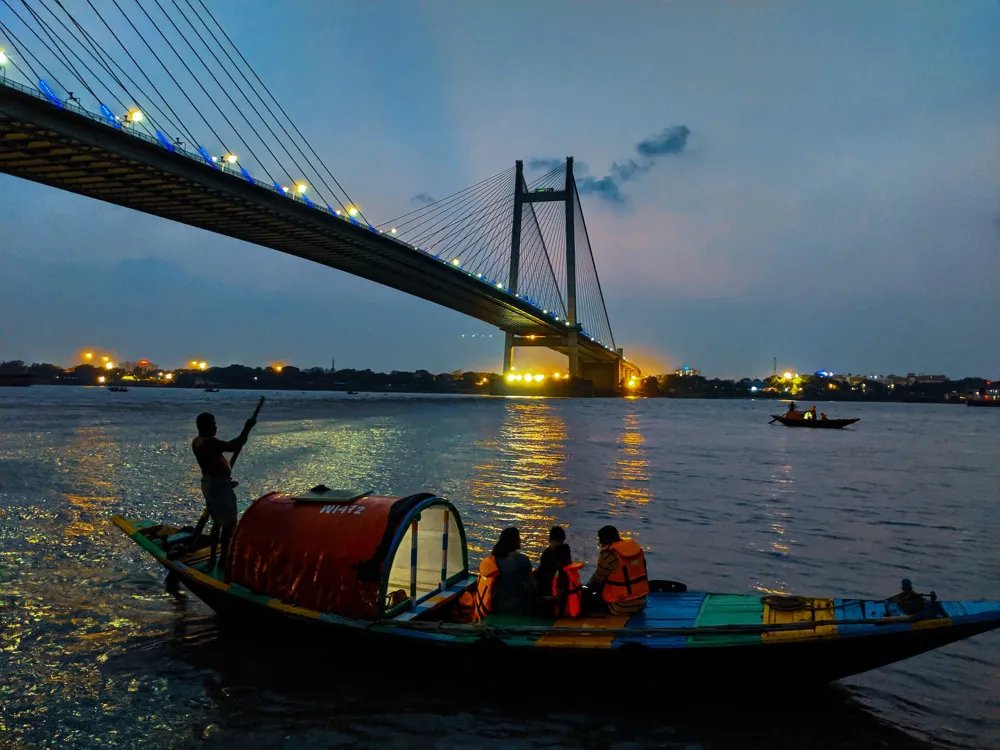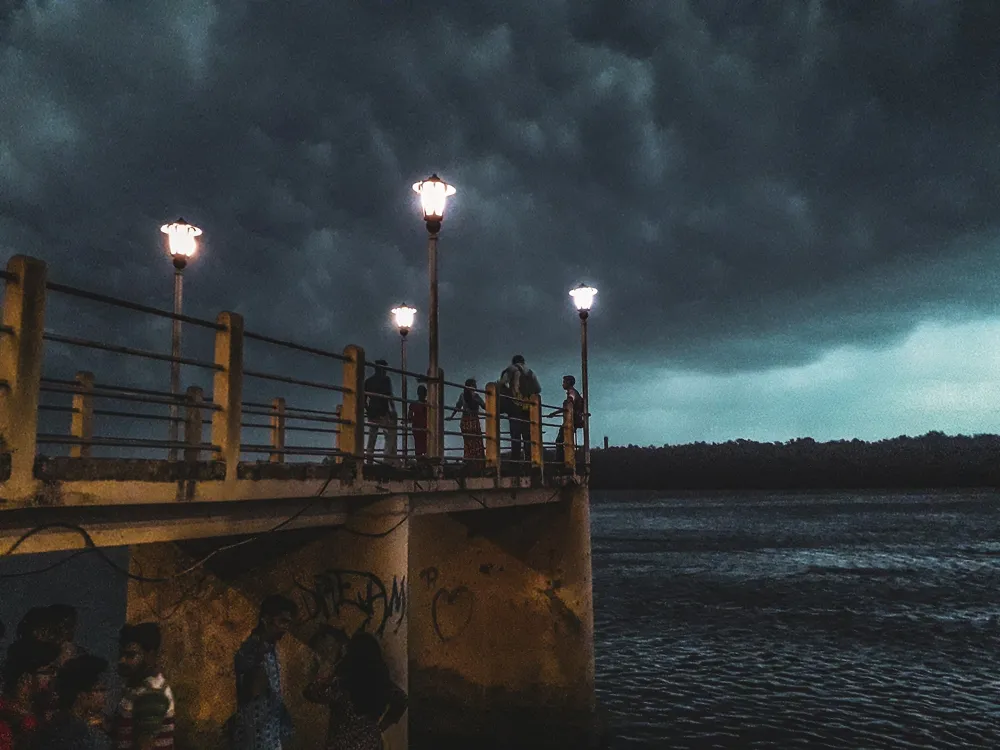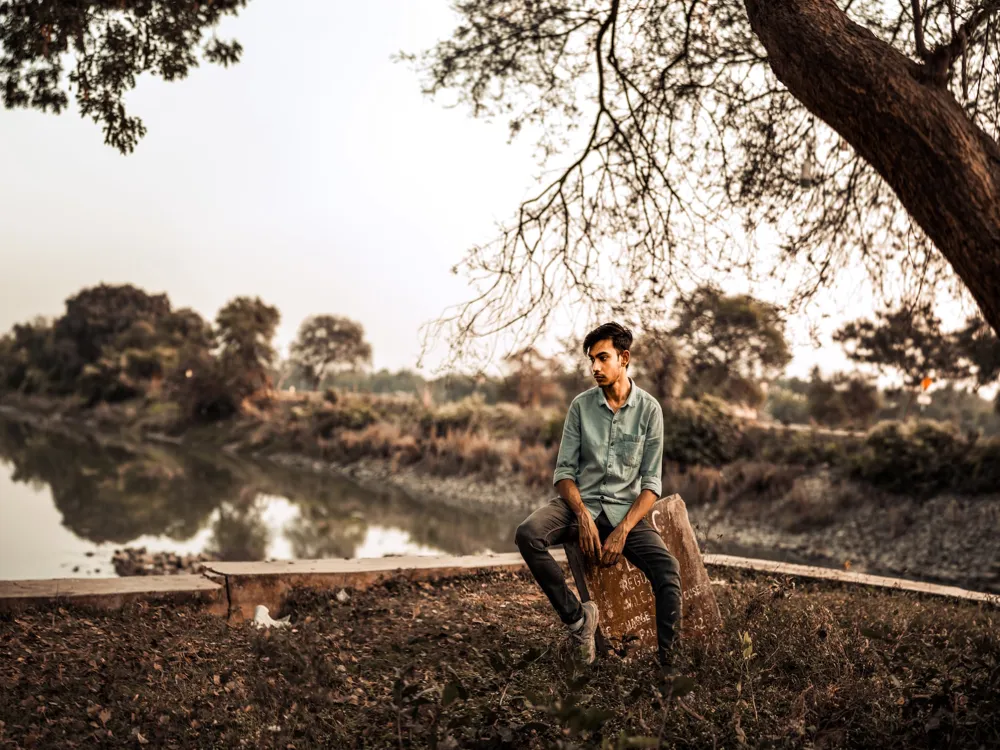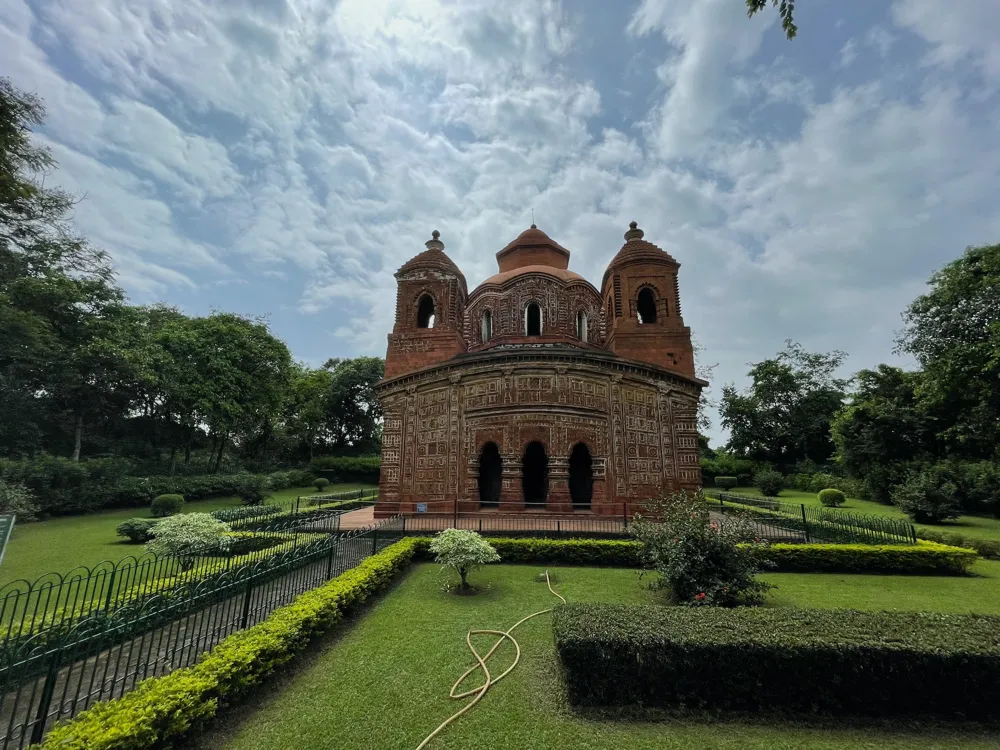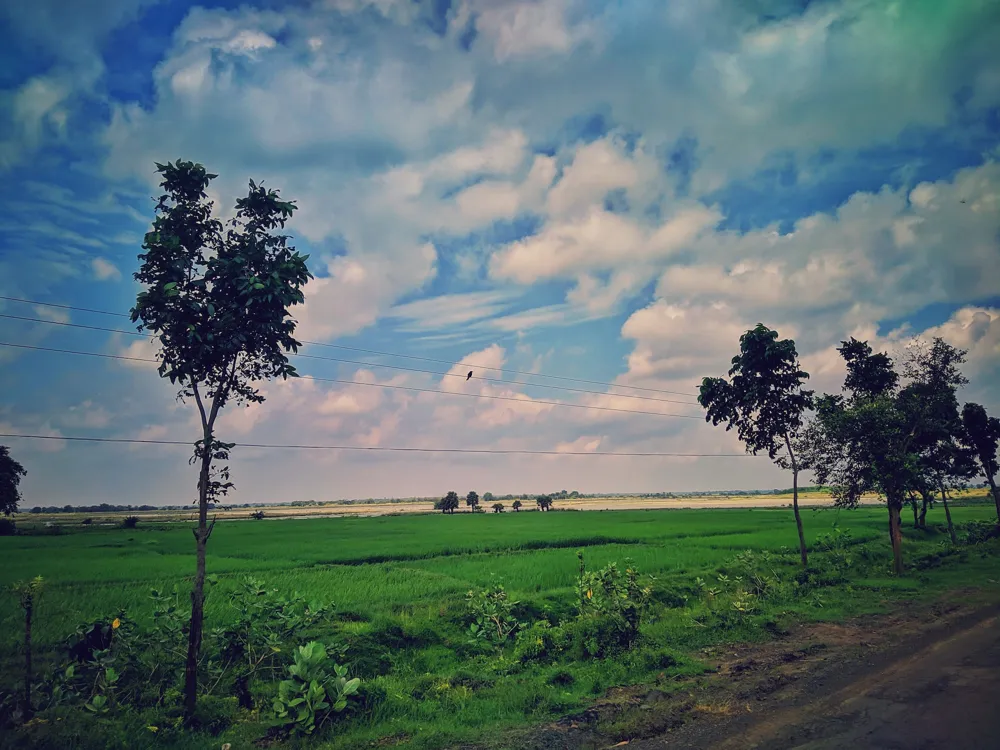Nestled in the heart of Nabadwip, West Bengal, the Pushpa Samadhi Mandir stands as a beacon of spiritual heritage and architectural marvel. This sacred site, revered by devotees across the globe, is not just a place of worship but a testament to the rich cultural and religious tapestry of India. The Pushpa Samadhi Mandir, dedicated to a prominent saint in the Gaudiya Vaishnavism tradition, attracts thousands of pilgrims yearly, drawn by its spiritual significance and the serene ambiance it offers. The history of the Mandir is as fascinating as its architecture. It was established in memory of a revered spiritual leader, whose teachings continue to inspire devotees. The temple is not only a place for religious gatherings but also serves as a center for cultural and spiritual education. The festivals celebrated here, particularly the annual Pushpa Samadhi festival, are a spectacle of devotion and joy, drawing visitors from all walks of life. The architecture of the Pushpa Samadhi Mandir is a blend of traditional Indian styles with modern design elements. The main temple structure, adorned with intricate carvings and statues, stands majestically against the backdrop of Nabadwip's lush landscape. The temple complex includes various shrines, each with its unique significance and beauty. The use of vibrant colors and detailed artwork throughout the temple creates an atmosphere of peace and spirituality. The Pushpa Samadhi Mandir is not just a tourist attraction but a journey into the heart of India's spiritual ethos. It represents a melting pot of historical, cultural, and religious narratives that have shaped the region over centuries. Whether you are a spiritual seeker, a history enthusiast, or just a curious traveler, the Pushpa Samadhi Mandir offers a unique and enriching experience. The Pushpa Samadhi Mandir's architecture is a splendid example of India's rich architectural heritage, blending ancient motifs with contemporary styles. The temple's design reflects the intricate craftsmanship and artistic sensibilities that have been a hallmark of Indian temple architecture. The grand entrance, with its towering gopuram, welcomes visitors into a world of divine beauty and architectural grandeur. The main temple structure, crafted from locally sourced materials, stands as a testament to the skill and dedication of the artisans who worked on it. The intricate carvings on the temple walls depict scenes from sacred texts, bringing to life the rich mythology and spiritual teachings of the Gaudiya Vaishnavism tradition. The temple's layout is designed to facilitate both worship and meditation, creating a harmonious balance between spiritual practice and architectural aesthetics. The interiors of the Pushpa Samadhi Mandir are just as breathtaking as its exteriors. The sanctum sanctorum, where the deity is enshrined, is an oasis of tranquility, inviting devotees to immerse themselves in contemplation and prayer. The use of natural light, combined with the ornate chandeliers and lamps, creates an ethereal ambiance, enhancing the spiritual experience. The temple complex also includes various halls and rooms used for religious discourses, cultural events, and community gatherings. These spaces are designed to be versatile, accommodating large crowds during festivals and smaller, more intimate gatherings at other times. The integration of modern amenities with traditional design ensures that the temple remains relevant and accessible to visitors of all ages and backgrounds. Visitors are advised to dress modestly, respecting the temple's sanctity. Traditional Indian attire is recommended, but not mandatory. It is also important to maintain a decorous behavior within the temple premises, keeping in mind its religious significance. While photography is allowed in certain areas of the temple, it is prohibited in the sanctum sanctorum and other sacred spaces. Visitors should look out for signage indicating photography restrictions or ask temple authorities for guidance. The temple is open to visitors at specific times, usually early morning and late afternoon. It is advisable to check the temple timings before planning your visit. Additionally, visiting during festivals can be a unique experience, though it's worth noting that the temple can get crowded during these times. Understanding and respecting local customs and etiquette is important. For example, removing footwear before entering the temple premises is mandatory. Visitors should also be aware of the rituals and practices followed at the temple to participate appropriately. Nabadwip, located in West Bengal, India, is well-connected by road, rail, and air. The nearest airport is in Kolkata, from where you can take a taxi or bus to Nabadwip. The town also has a railway station, Nabadwip Dham, which is connected to major cities in India. For those preferring to travel by road, there are frequent bus services available from nearby cities and towns. Once in Nabadwip, local transport options like auto-rickshaws and cycle-rickshaws can be used to reach the Pushpa Samadhi Mandir. Read More:Overview of Pushpa Samadhi Mandir, Nabadwip, West Bengal
Architecture of Pushpa Samadhi Mandir
Tips When Visiting Pushpa Samadhi Mandir
Dress Code and Conduct
Photography and Filming
Timing and Festivals
Local Customs and Etiquette
How To Reach Pushpa Samadhi Mandir
Pushpa Samadhi Mandir
Nabadwip
West Bengal
NaN onwards
View nabadwip Packages
Nabadwip Travel Packages
View All Packages For Nabadwip
Top Hotel Collections for Nabadwip

Private Pool

Luxury Hotels

5-Star Hotels

Pet Friendly
Top Hotels Near Nabadwip
Other Top Ranking Places In Nabadwip
View All Places To Visit In nabadwip
View nabadwip Packages
Nabadwip Travel Packages
View All Packages For Nabadwip
Top Hotel Collections for Nabadwip

Private Pool

Luxury Hotels

5-Star Hotels

Pet Friendly








